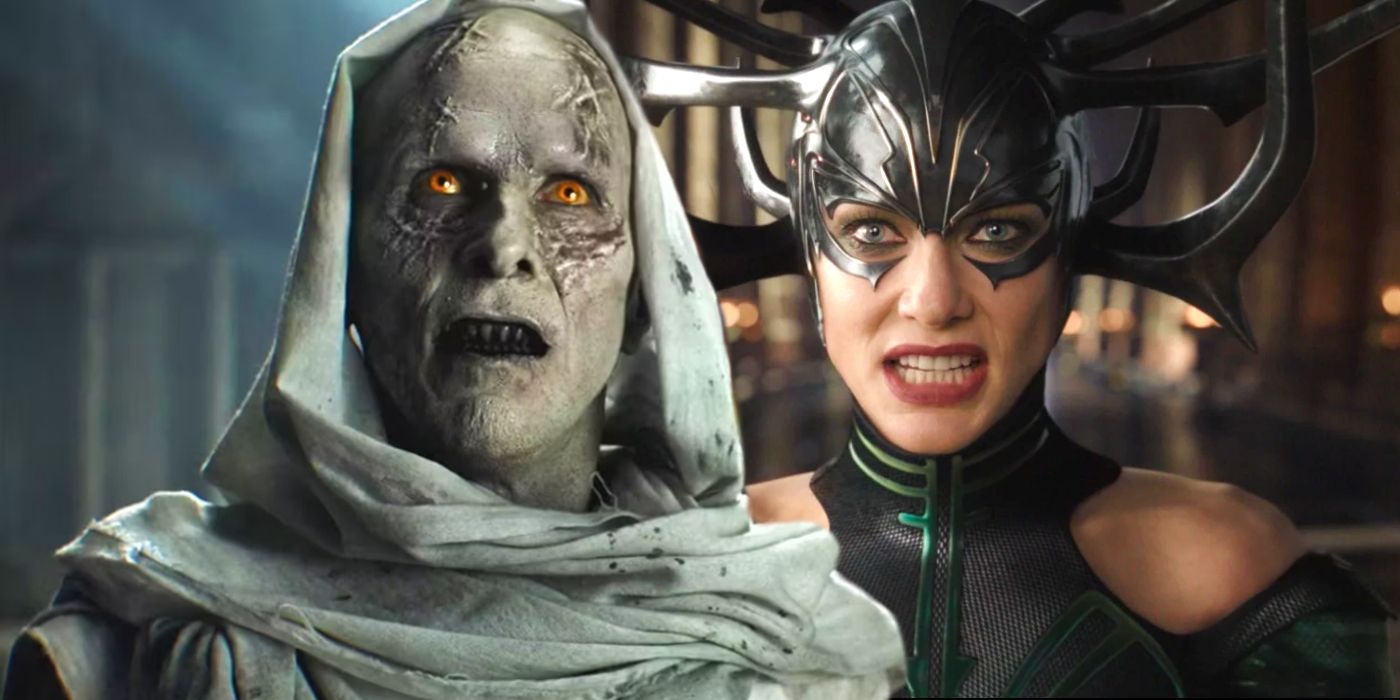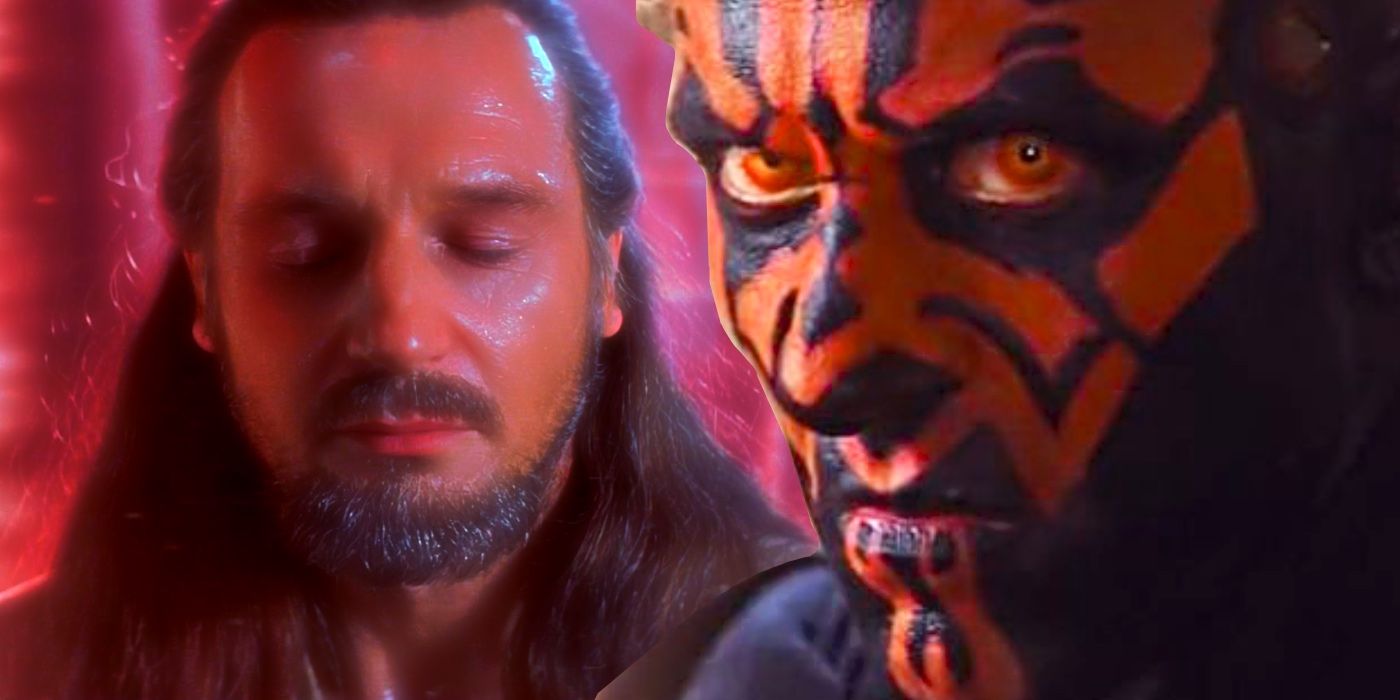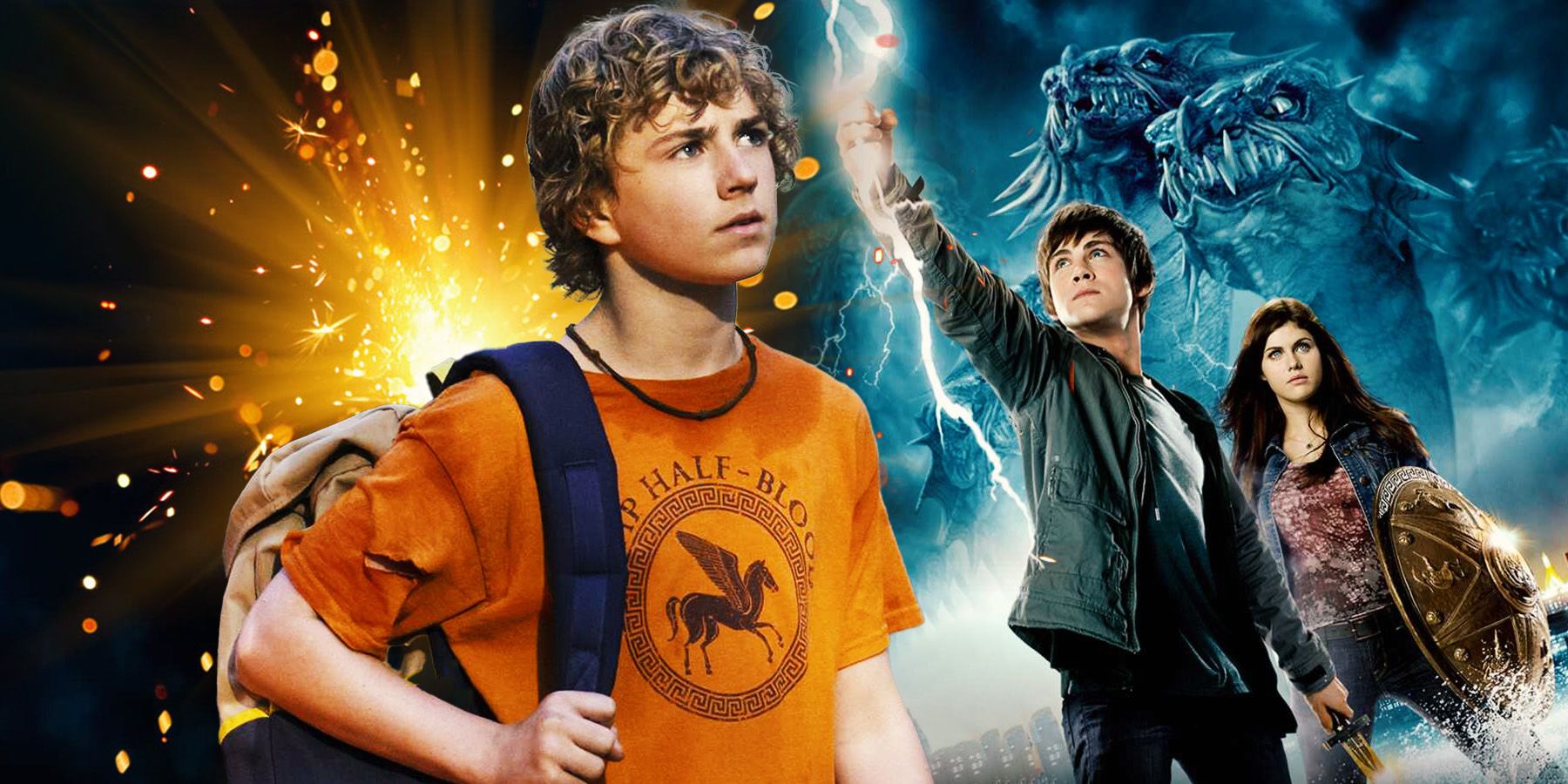Science fiction is one of the most popular film genres on the planet, with mega-blockbusters like Star Wars and Avengers making billions of dollars worldwide. But most science fiction movies that audiences the world over know about and enjoy are American movies, installments in major franchises, featuring familiar concepts, worlds, and characters.
It’s a shame, since science fiction is so much bigger, and so much weirder, than the formulaic films Disney releases once a year like clockwork. It’s a genre that invites outsiders, weird stories, and filmmakers who are welcome in no other narrative space. If you’re a true fan of sci-fi, here are 10 foreign language sci-fi films to expand your horizons (& their Rotten Tomatoes scores).
Aniara (2018) – 70%
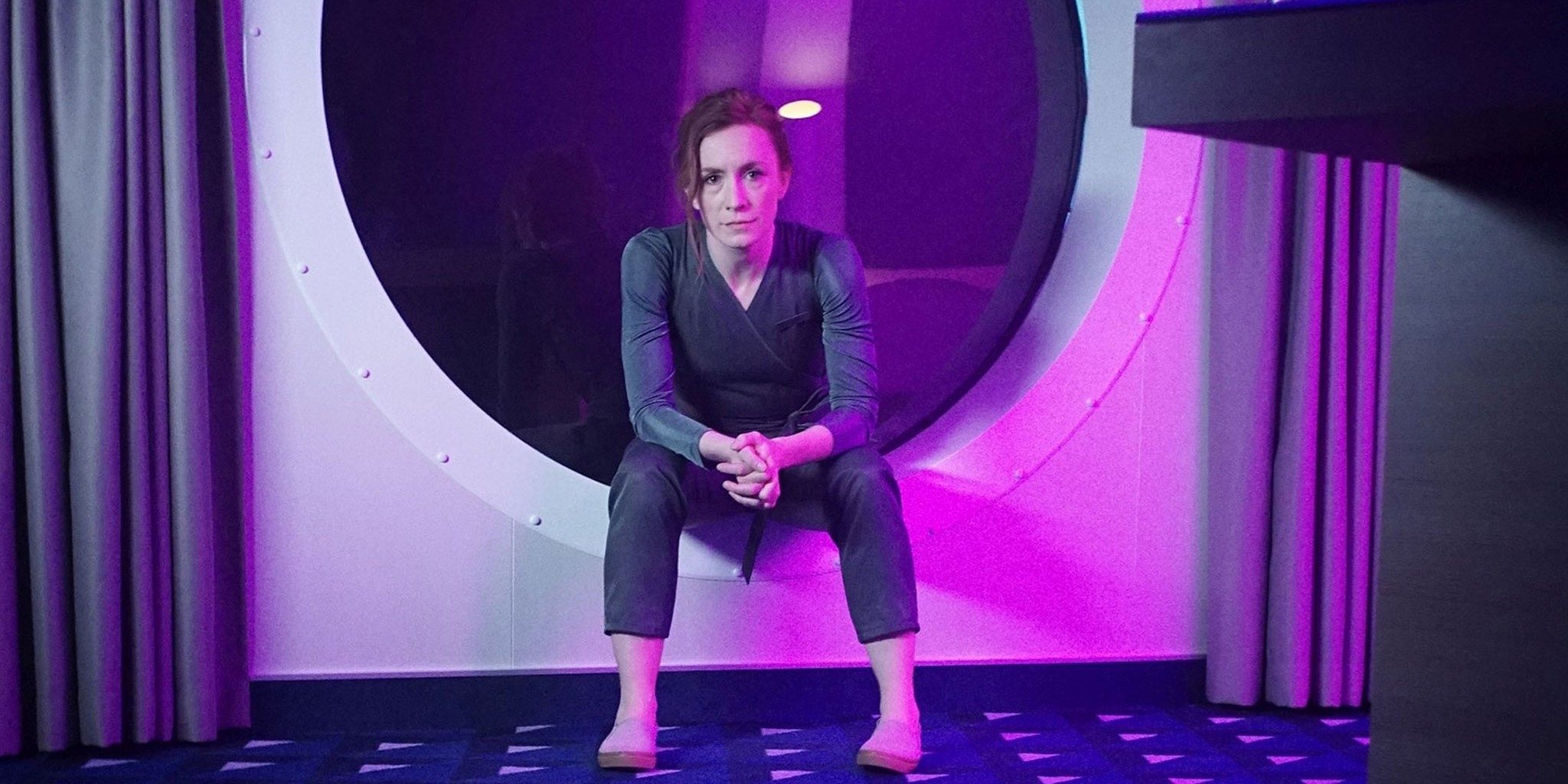
This Swedish science fiction drama is based on the epic poem Aniara by Harry Martinson. It tells the story of a routine cruise from Earth to Mars, which is knocked off-course by a collision with space debris. A trip that was supposed to take three weeks instead drags on indefinitely, with the passengers of the Aniara having to find ways to cope and survive in their new, isolated society.
It embraces the darker side of science fiction in a way that few films nowadays do, tackling existential questions about the nature of despair, human companionship, and the ability of the mind to survive in an unprecedented state of loneliness. When you watch this movie, the void watches back.
The Wandering Earth (2019) – 71%
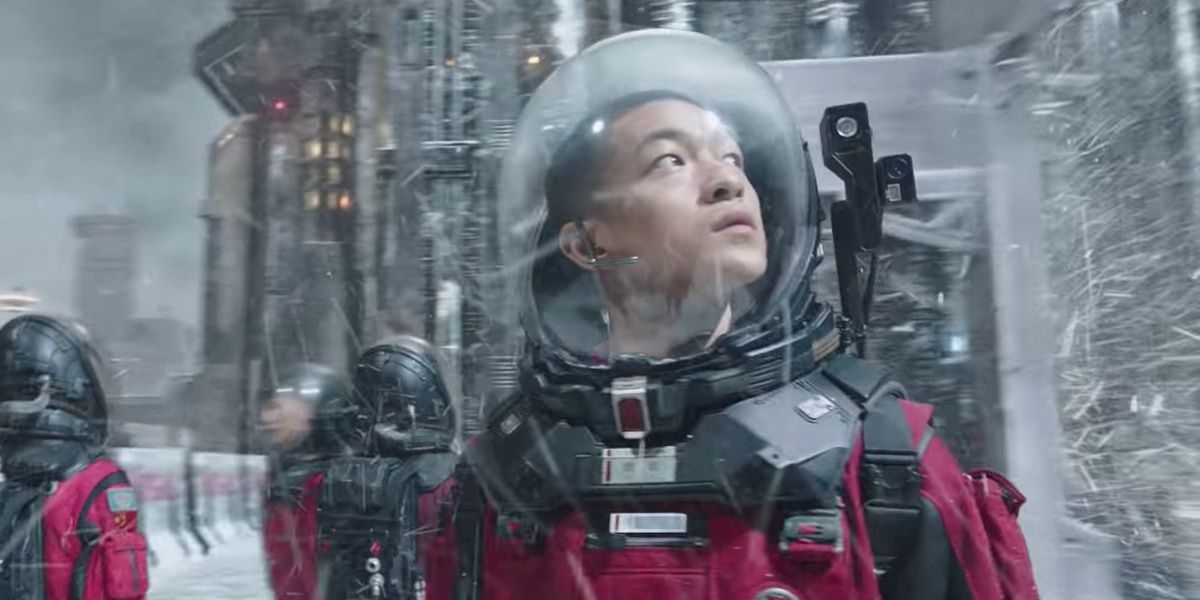
On the opposite end of the spectrum from Aniara is China’s The Wandering Earth. Based on the 2000 novella of the same name by science fiction powerhouse Liu Cixin (The Three-Body Problem), it’s a huge saga which follows Earth after the planet has been turned into an interstellar spaceship.
The action really begins when Earth finds itself on a crash course with Jupiter. An intrepid group of misfits must work together to find a way to redirect the planets away from each other, an effort which requires the participation of the entire human race. Few films can match up in terms of scale.
Trollhunter (2011) – 81%

This Norwegian film is more dark fantasy than science fiction, but it still makes it on the list, since the genres are so often grouped together. It’s a found footage mockumentary in the vein of Cloverfield or The Blair Witch Project, and it follows a group of college students who get more than they planned for when they set out to make a documentary about a suspected bear poacher.
The film is steeped in Norwegian folklore, drawing heavily from popular images and stories that Americans may not be familiar with. But that doesn’t take away from the film’s overall enjoyability – there’s no need to be an expert in troll folklore to be entranced by Trollhunter.
Paprika (2006) – 84%
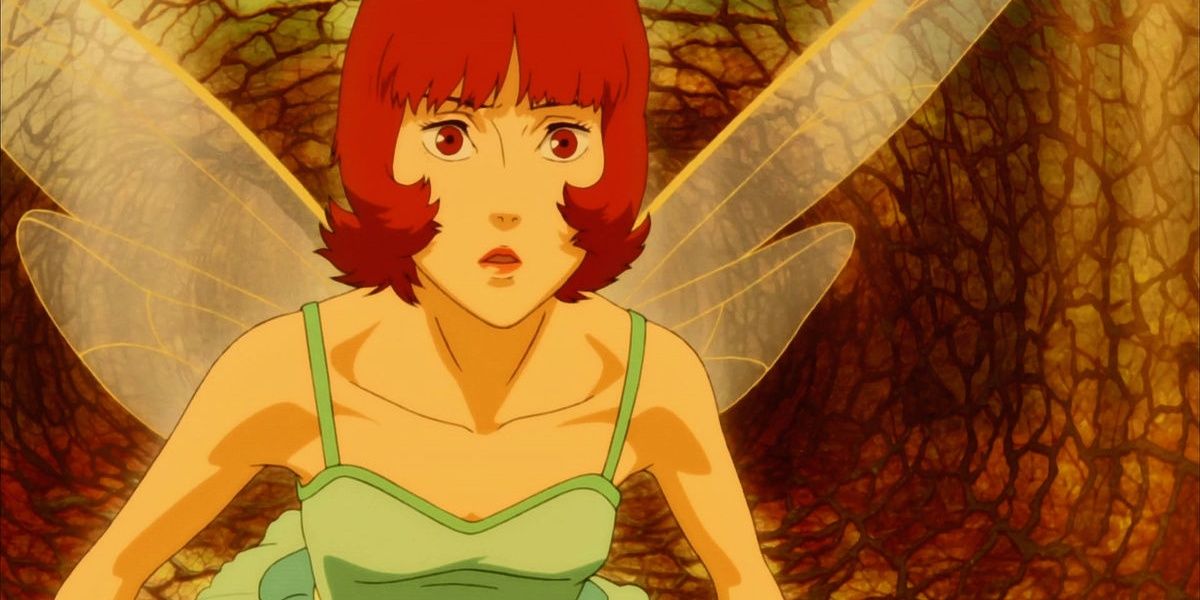
Many suspect that this Japanese anime film was the inspiration for Christopher Nolan’s Inception. It features a device called the “DC Mini” which allows the users to see into people’s dreams, and a therapist who uses the machine illegally to help psychiatric patients outside the DC Mini’s experimental project. When the device is stolen, the therapist, who goes by the alias “Paprika,” must go on a mind-bending journey in order to retrieve it.
Newsweek Japan has ranked Paprika among its top 100 films of all time, and it has even cracked into U.S. rankings, being featured on Metacritic’s list of the 25 highest rated science fiction films in history.
Akira (1988) – 90%
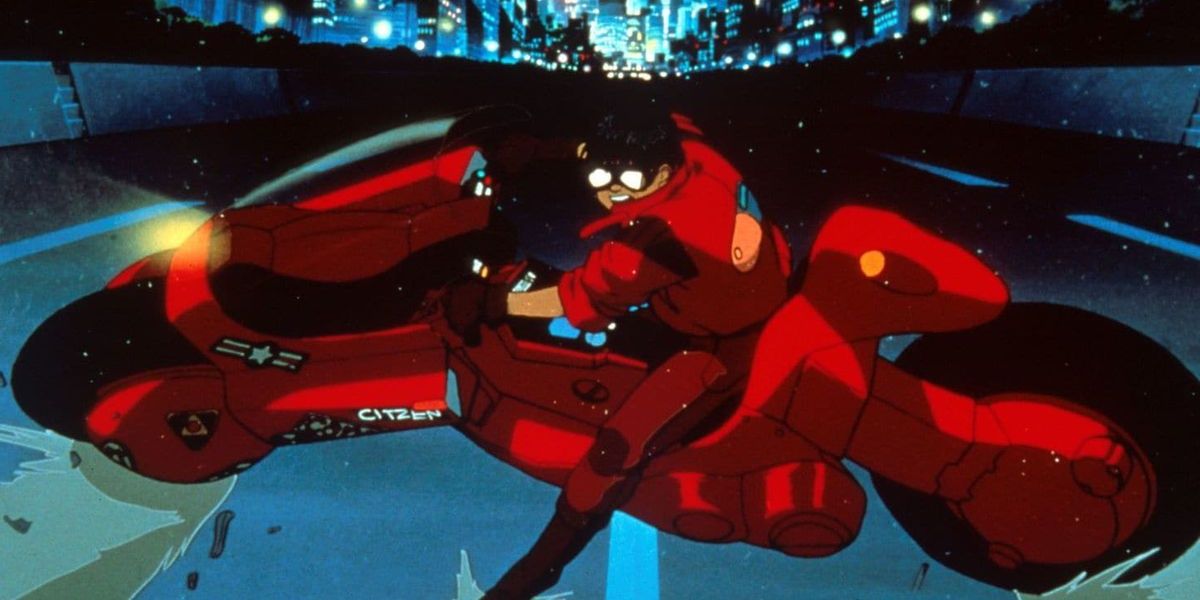
Set in the year 2019 in a Tokyo which has been destroyed and rebuilt into Neo-Tokyo, this Japanese film was, at the time of its release, the most expensive anime film ever made. It’s a post-apocalyptic cyberpunk setting that features espers (people with extrasensory perception) and a unique storytelling style that saw it soar to make $80 million worldwide.
The right to make a live action version of Akira was acquired by Warner Bros. way back in 2002, and Thor: Ragnarok director Taika Waititi has since been attached to direct. However, the project’s been delayed a number of times, so there’s still time to watch Akira before that happens.
Alphaville (1965) – 91%

Anyone who’s ever taken a film history class has encountered the French New Wave, but few have seen any New Wave science fiction. Directed by Jean-Luc Godard, who’s perhaps best known for Breathless (1960), Alphaville‘s full title is Alphaville: A Strange Adventure of Lemmy Caution.
It’s set in a dystopian neo-noir city, Alphaville, which is completely controlled by an artificial intelligence known as Alpha 60. Alpha 60 has outlawed free thought and emotional expression, creating an unsettling society which draws inspiration from George Orwell and French novelist Louis-Ferdinand Céline.
Train To Busan (2016) – 93%
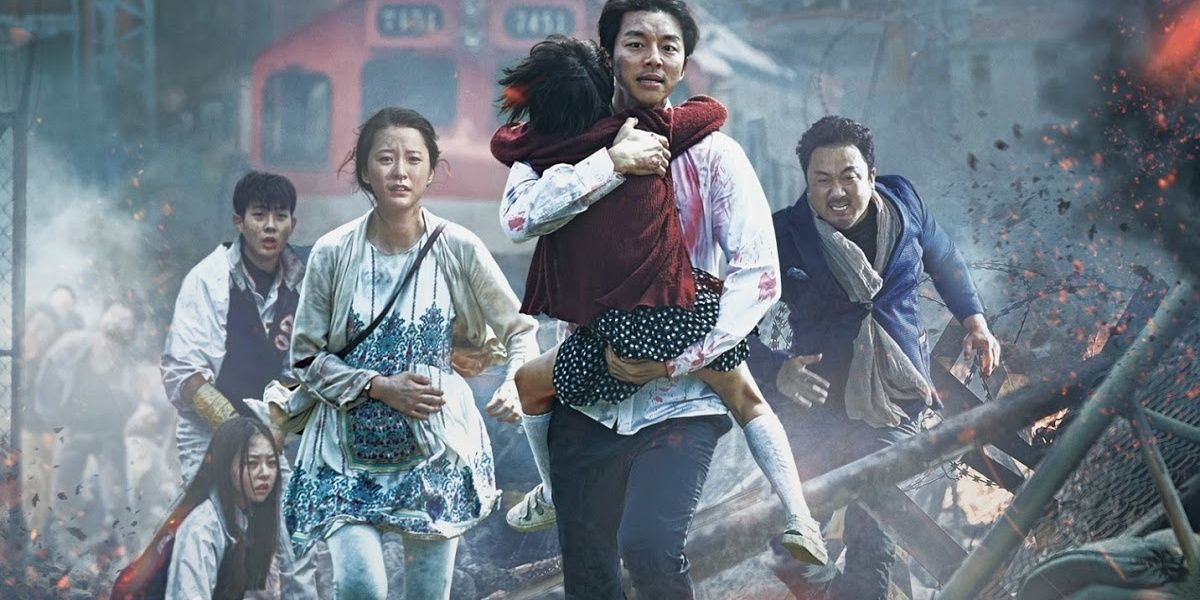
Since Parasite’s Oscar win, there’s been a sharp rise in American interest in South Korean film. Well, sci-fi fans need look no farther than Train to Busan. Directed by Yeon Sang-ho, this zombie flick was made on a tight $8.5 million budget, but returned $90.6 million at the box office, earning a sequel which is scheduled to be released sometime this year.
The film follows a ragtag group of survivors who must band together to survive a zombie outbreak on a train traveling through South Korea. It’s bloody, scary, and a damn good time. Fans of Zombieland, World War Z, and The Walking Dead should check it out immediately.
Solaris (1976) – 95%
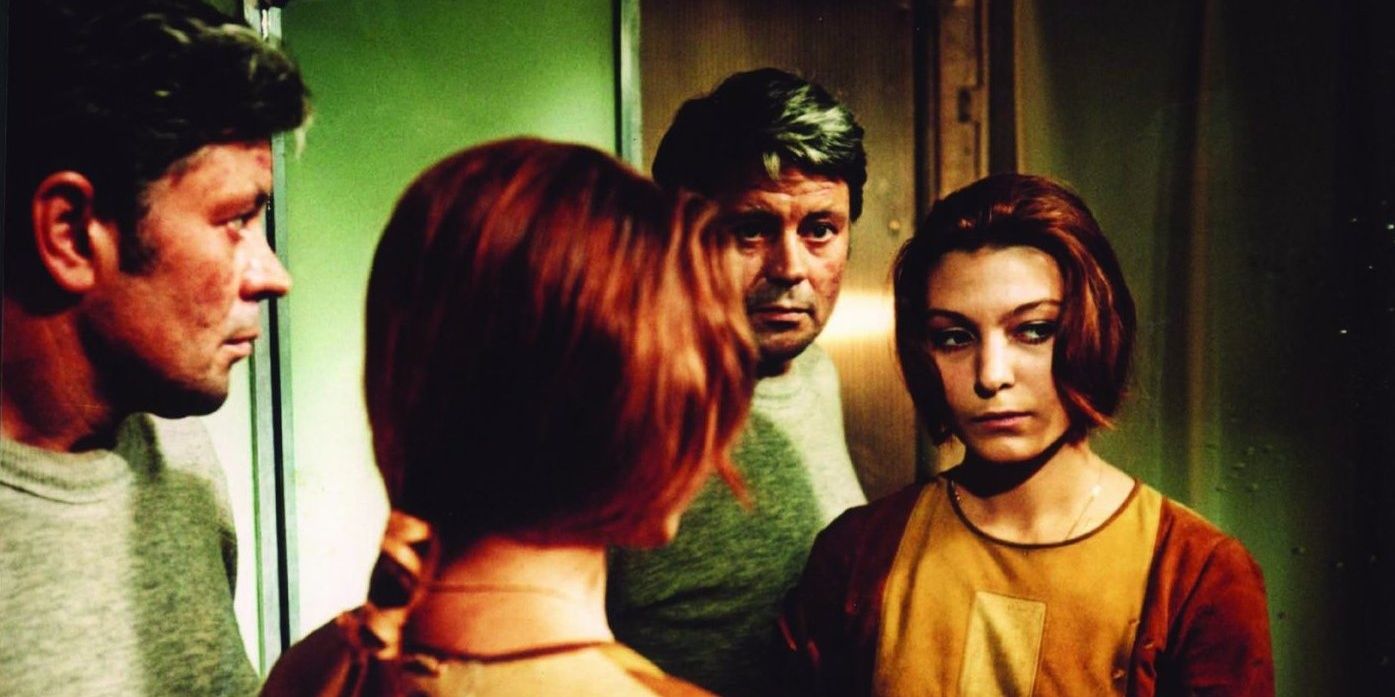
This Soviet science fiction film is based on Stanislaw Lem’s 1961 novel of the same name, which was adapted by Steven Soderbergh for American audiences in 2002. Solaris is a more meditative science fiction film than many others on this list, dealing primarily with conflicts of the mind as protagonist Kris Kelvin struggles to maintain his grasp on what is real and what is not.
Fans of shows like Legion and Westworld will likely appreciate Solaris for its intelligent treatment of difficult themes. However, those who prefer movies infused with more adrenaline and fast-paced action sequences may want to give Solaris a pass.
World On A Wire (1973) – 100%
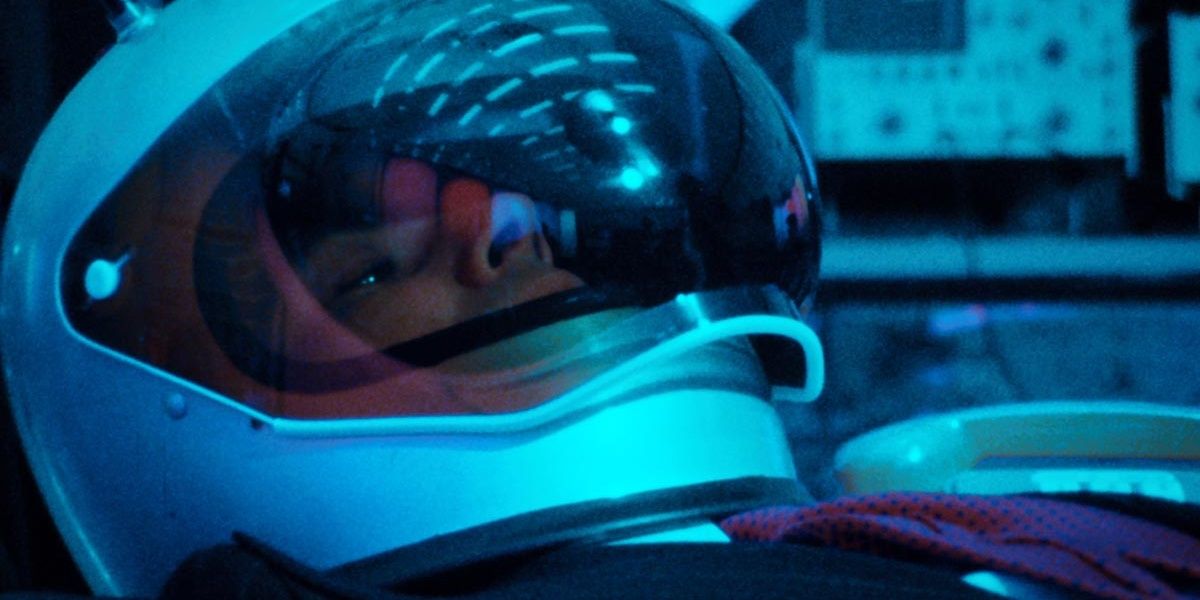
World on a Wire originally aired as a two-part television serial in 1973, but has since been edited down and shown as a film. It’s based on the novel Simulacron-3 by Daniel F. Galouye, which is also the basis for the 1999 English-language film The Thirteenth Floor.
Like Solaris, it deals more with psychological and philosophical issues than with action. The story features a supercomputer in which 9,000 “identity units” live as human beings, completely unaware that their world is merely a simulation. Fans of The Matrix who didn’t feel the film dove deep enough into the psychological implications of a simulation-reality will enjoy World on a Wire.
Stalker (1979) – 100%
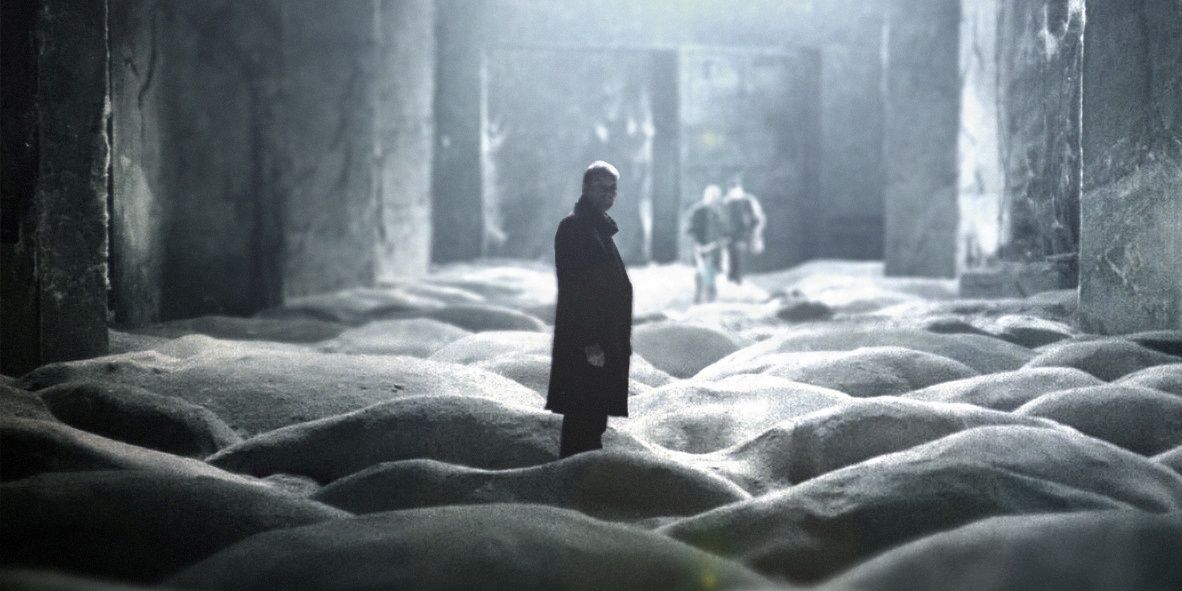
Solaris’ director Andrei Tarkovsky returns to helm another science fiction art film with Stalker. Jonathan Nolan, brother of Christopher Nolan and co-creator of Westworld, has cited Stalker as a major influence in his work for the HBO series.
It follows a man known only as the “Stalker” as he guides two clients through a strange post-apocalyptic landscape known as the “Zone,” seeking a room which grants a person’s innermost desires. On the journey, the characters pass through the ruins of modern society, arguing and conversing all the way. At the time of its release, Stalker was not well-received by critics, but in the modern era many film buffs have revised that opinion, leading to highly favorable reviews.
